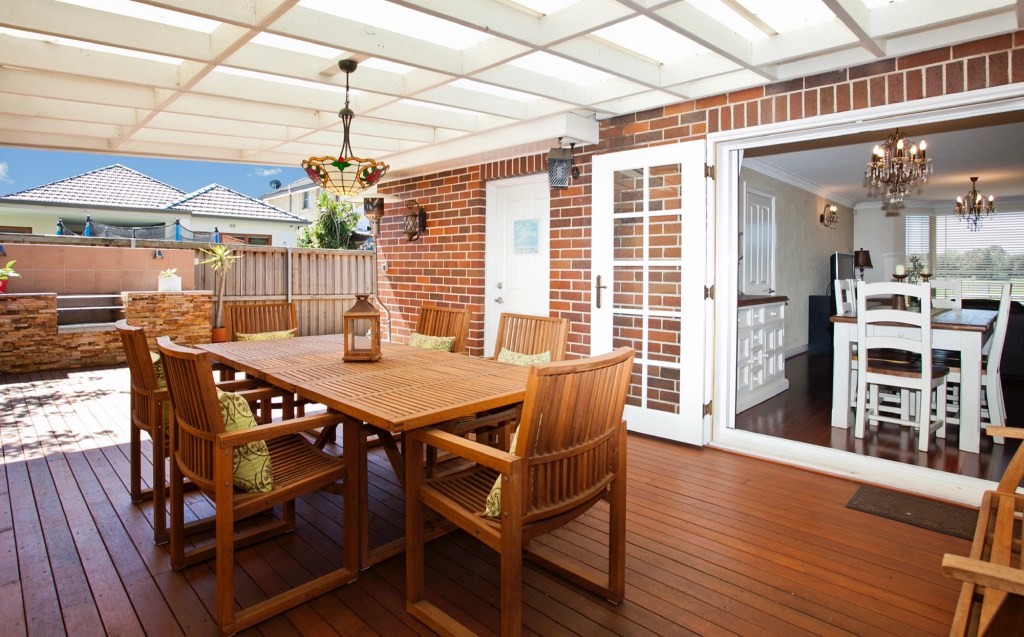Decking in Western Australia: A Struggle with High UV Levels
In Western Australia, a unique challenge emerges for decking due to the extreme exposure to high UV levels. This factor creates a demanding situation where almost no coating can last or provide sufficient protection. However, with thorough research and trials, VCS has discovered a solution that can effectively withstand the harsh Australian sun – OSMO Decking Oils.

OSMO Decking Oils, renowned for their high pigment levels, have been identified as the only coatings that offer the necessary durability and resilience in such severe UV conditions. The high pigment content in these oils acts as a barrier, protecting the decking material from the intense Western Australian sun, thus increasing the longevity of the deck.
However, it is essential to maintain a regular top-up of these oils to ensure continued protection and preservation of the deck’s physical appearance and structure. The regular replenishment of the coating not only keeps the deck looking new but also significantly contributes to its durability, ultimately increasing its lifespan.
While decking in Western Australia faces a tough battle against the region’s high UV levels, a solution does exist. With the use of OSMO Decking Oils and a regular maintenance schedule, it is entirely possible to preserve and prolong the life of your deck, even in the harsh conditions of Western Australia.

Title: Protecting Timber Against High UV Levels in Western Australia
Western Australia, renowned for its sunshine, is exposed to some of the highest levels of Ultraviolet (UV) radiation globally. This condition necessitates special attention to outdoor materials and surfaces, especially timber, due to the detrimental impact of UV radiation. Therefore, it is paramount to understand the challenges posed by high UV levels in Western Australia and why timber needs special protection.
Ultraviolet radiation stems from the sun and is the primary cause of wood degradation. Though it is an essential source of Vitamin D for humans, UV radiation is harmful to many materials, including timber. The high UV levels in Western Australia can cause significant damage to timber used in construction, furniture, and other outdoor applications, leading to a range of issues.
Firstly, the UV radiation results in a process called photo-oxidation, causing the timber to discolour and turn grey. This process not only affects the aesthetic appeal of the timber but also weakens its structural integrity. Secondly, UV radiation breaks down the lignin in the timber, an essential compound that binds wood fibres together. This degradation leaves the timber vulnerable to splitting, cracking, and warping.
Moreover, the high UV levels exacerbate the timber’s susceptibility to other environmental factors. With the protective lignin deteriorated, the timber becomes more prone to moisture absorption. This dampness can lead to swelling, shrinking, and eventual rot, further compromising the timber’s longevity and integrity. Additionally, the weakened timber becomes an easy target for termites and other wood-boring insects.
Given these challenges, it is clear that timber in Western Australia requires special protection. Various protective measures can help mitigate the damaging effects of high UV levels on timber.
One of the most effective ways to protect timber from UV radiation is through the application of UV-resistant finishes. These finishes contain ingredients that either absorb or reflect UV rays, thereby reducing the timber’s exposure. The protective coating also provides a barrier against moisture and insects, enhancing the timber’s durability.
In addition to UV-resistant finishes, regular maintenance is also crucial in prolonging the timber’s lifespan. This includes regular cleaning, prompt repair of any damage, and periodic reapplication of the protective finish. By adhering to a stringent maintenance schedule, the timber can withstand the harsh UV levels and other environmental challenges in Western Australia.
Another practical measure is the strategic placement of timber structures. Positioning timber structures in shaded areas or using UV-protective coverings can significantly reduce the exposure to UV radiation. This, coupled with the use of UV-resistant finishes and regular maintenance, can greatly extend the timber’s lifespan.
In conclusion, the high UV levels in Western Australia present a significant challenge to the longevity and integrity of timber. However, with the right protective measures and regular maintenance, it is possible to mitigate the damaging effects of UV radiation and ensure the durability of timber. By understanding the impact of UV levels and proactively taking steps to protect timber, we can continue to enjoy the beauty and functionality of timber in Western Australia for many years to come.
